How North Indian Pandits in Bangalore Can Embrace the Sundarkand Path
The Cultural Significance of Sundarkand
Sundarkand holds a special place in Hindu spiritual practice. Many North Indian Pandits consider its recitation as a source of inner strength and peace. The Sundarkand Path narrates the heroic deeds of Lord Hanuman, inspiring faith and devotion. In Bangalore, where traditions blend, embracing this path helps maintain cultural roots. The story connects people to their heritage, even when far from home.
Reading or listening to Sundarkand can create a positive atmosphere. It brings families together and fosters a sense of community. North Indian Pandits in Bangalore find comfort and support in such shared rituals. This ancient tradition offers both spiritual and emotional benefits.
Challenges for North Indian Pandits in Bangalore
Living in a city like Bangalore presents unique challenges. The pace of life is fast, and community ties may feel weaker. North Indian Pandits may miss the familiar environment of their native regions. Finding opportunities for group recitation or traditional gatherings can be difficult. Language barriers and different customs might add to the sense of isolation.
Despite these challenges, there are ways to overcome them. Many local temples host Sundarkand recitations. Online groups and social media also help Pandits connect. With the right resources, staying connected to tradition becomes manageable.
Embracing the Sundarkand Path in a New City
Embracing the Sundarkand Path in Bangalore requires some adaptation. Pandits can start by setting a regular time for prayer at home. Joining or forming Sundarkand groups in the neighborhood can encourage participation. Some choose to invite family and friends for recitations on special occasions. This strengthens bonds and preserves traditions.
Temples across Bangalore often organize Sundarkand Path events. Information about schedules and locations is usually available online or through local networks. By participating in these gatherings, North Indian Pandits continue to celebrate their heritage while building new connections in the city.
Historical and Cultural Context
Origins of the Sundarkand Path
The Sundarkand is a revered chapter from the epic Ramayana. It tells the adventures of Hanuman as he searches for Sita in Lanka. This text has deep roots in North Indian religious traditions. Over centuries, it has become a pillar of spiritual practice in North India. For Pandits from this region, reciting the Sundarkand is a way to connect with heritage. It links families to their ancestral customs and stories that shaped their faith. Many temples and households in North India use the Sundarkand during festivals and special occasions. Its recitation is seen as an act of devotion and a source of spiritual strength.
Migration and Adaptation in Bangalore
North Indian Pandits have migrated to Bangalore for various reasons. They bring their rituals and cultural customs into the cosmopolitan city. As they settle, their connection to traditions like the Sundarkand Path offers comfort. It helps reinforce their identity in a new environment. Many community centers and temples in Bangalore now cater to these cultural needs. They organize group recitations and religious gatherings. This support helps preserve North Indian customs among younger generations. The adaptation of these practices in Bangalore shows a blend of local and North Indian spiritual life. It also enriches the city’s diverse religious landscape.
The Role of the Sundarkand Path Today
In contemporary Bangalore, the Sundarkand Path has found new meaning. It is not just about ritual; it is about community and continuity. North Indian Pandits use it to bond with others from similar backgrounds. The practice creates shared experiences through group chanting and prayer sessions. It also fosters connections between generations. Elders teach children the stories and values of the Ramayana through Sundarkand recitation. This tradition continues to inspire faith, unity, and resilience among North Indian Pandits living in Bangalore. It remains a strong link to their historical and cultural roots.
Steps to Embracing the Sundarkand Path
Understanding the Essence of Sundarkand
Begin by learning the story and significance of Sundarkand. Explore its role in Ramayana and why Hanuman's journey is central. North Indian Pandits in Bangalore can find translations and commentaries in Hindi or English. Attend discourses at local temples, where the text is recited with explanations. This helps grasp the meaning and emotions behind each verse. Regular reading will build a deeper connection to the path Sundarkand shows.
Engage with spiritual mentors familiar with Sundarkand. Experienced Pandits often provide guidance on pronunciation and context. This support ensures that recitation is accurate and meaningful. Forming groups with fellow devotees fosters collective learning and understanding. Sharing insights in group discussions enriches the experience for everyone.
Building a Consistent Practice
Set aside a specific time for Sundarkand recitation. Early morning or evening hours create a peaceful environment for reading. Use a dedicated space in your home, such as a small altar or prayer room. Keep the Sundarkand text, a diya, and other sacred items ready. Consistency in timing and setting helps build a spiritual routine.
Include family members or friends in the practice when possible. Collective chanting elevates the energy and creates a sense of community. Utilize resources from North Indian temples in Bangalore for support. Many temples offer booklets and recordings to guide home recitation. Follow a weekly or monthly schedule as suits your lifestyle and commitments.
Participating in Community Events
Join Sundarkand path events organized by local North Indian Pandit groups. These gatherings often include communal recitation, bhajans, and prasad distribution. Participating in such events strengthens spiritual bonds and cultural identity. Notice boards at temples or social media groups can help you stay informed about upcoming paths.
Volunteer in organizing or supporting these events. Helping with arrangements, distribution of texts, or food preparation brings a sense of service. Engaging in these activities deepens the connection to Sundarkand and builds relationships within the community. Regular participation transforms the Sundarkand path into a living tradition in Bangalore.
Benefits of Following Sundarkand
Spiritual Growth and Mental Peace
Following the Sundarkand path can enhance spiritual awareness. Regular recitation of Sundarkand helps devotees connect with Lord Hanuman. This connection fosters inner strength and faith, which are essential for spiritual growth. The rhythmic verses create a calming environment during group readings. Chanting Sundarkand can reduce stress and promote a sense of inner calm.
North Indian Pandits in Bangalore can use Sundarkand to foster a peaceful community. Gathering for Sundarkand recitations offers a structured way to relieve daily worries. The rituals and prayers become a part of daily life, helping individuals maintain focus and positivity. Families find that Sundarkand builds shared values and strengthens cultural identity.
Building Community and Cultural Identity
Sundarkand recitation brings people together. North Indian Pandits in Bangalore can organize group readings. These gatherings offer a space to share experiences and deepen bonds within the community. Celebrating Sundarkand together helps preserve traditional practices and rituals. It reminds younger generations about their roots and values.
Shared activities like Sundarkand reading foster unity among families. The customs passed down through Sundarkand keep cultural identity strong. Events around Sundarkand also serve as educational experiences for children. They learn the values of devotion, respect, and perseverance through the stories and teachings.
Emotional Strength and Life Guidance
The teachings of Sundarkand go beyond rituals. The text highlights courage, faith, and determination. By following Sundarkand, devotees can draw inspiration during tough times. North Indian Pandits in Bangalore find guidance for everyday challenges in the verses.
Many believe that Sundarkand brings emotional resilience and hope. Hearing the stories of Lord Hanuman’s bravery motivates people to face their own fears. The lessons in Sundarkand provide a framework for ethical living and mindful actions. Following the Sundarkand path can thus transform personal outlook and strengthen one’s resolve.
Conclusion
The Lasting Impact of Sundarkand Path
Choosing to embrace the Sundarkand Path in Bangalore allows North Indian Pandits to maintain their spiritual roots. It helps them foster unity in a new city and provides a sense of belonging. Participating in Sundarkand recitation revives old traditions and brings generations together.
Reciting the Sundarkand Path at home or in community gatherings can create a positive environment. It adds structure to daily life and strengthens the family's spiritual foundation. Accessing printed and digital resources in Bangalore makes it easier to follow rituals and understand meanings.
Practical Steps for Integration
North Indian Pandits in Bangalore can start by forming small groups for regular Sundarkand Path sessions. These groups offer support and encouragement. Reaching out to local temples or cultural centers can provide access to experienced priests and structured programs.
Using online platforms for Sundarkand recitations is another practical approach. Many websites and apps provide audio guides and translations. This helps participants follow the correct pronunciation and understand the text's significance.
Building a Supportive Community
Connecting with other North Indian Pandits fosters a sense of community in Bangalore. Sharing experiences, inviting friends, and celebrating religious occasions together strengthens bonds. Organizing Sundarkand Path events for festivals or special days can help keep the tradition alive.
Local WhatsApp groups or social media pages dedicated to North Indian traditions can offer reminders and resources. These digital spaces make it easy to organize events and share information about Sundarkand Path. The collective practice of Sundarkand Path creates lasting memories and deepens cultural roots.



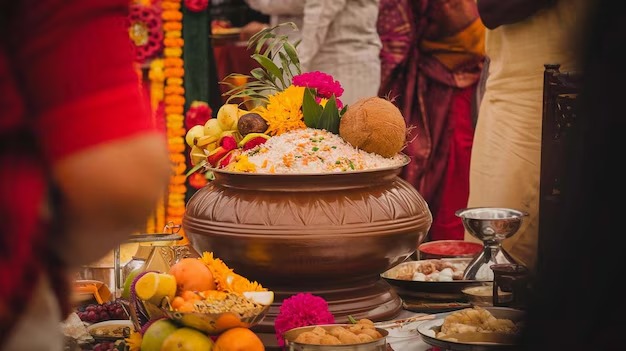
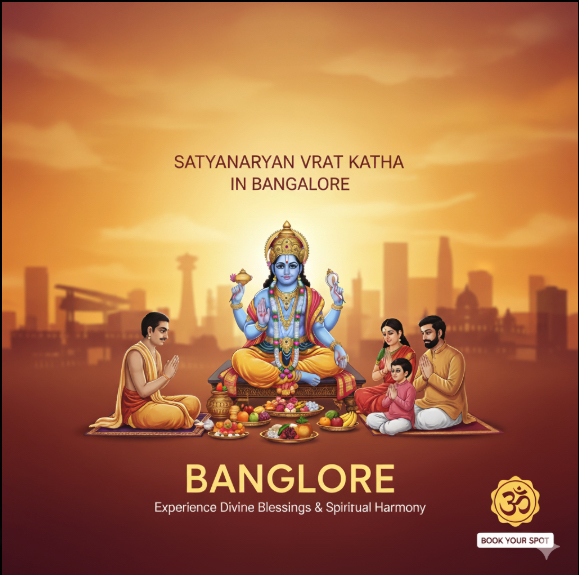
 By -
Admin
By -
Admin 0 comments
0 comments 0 views
0 views



.png)
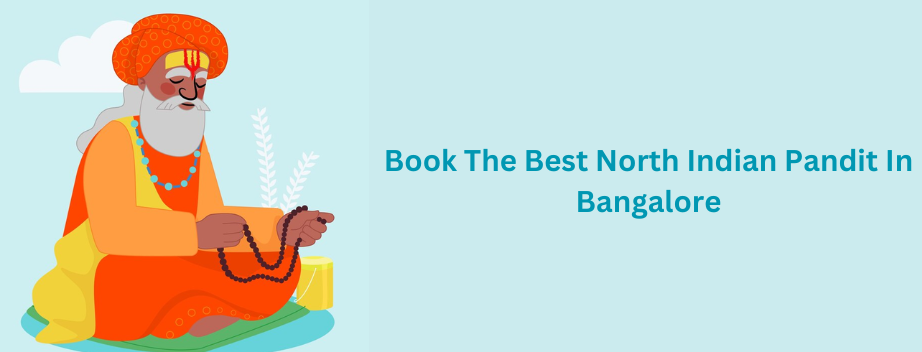


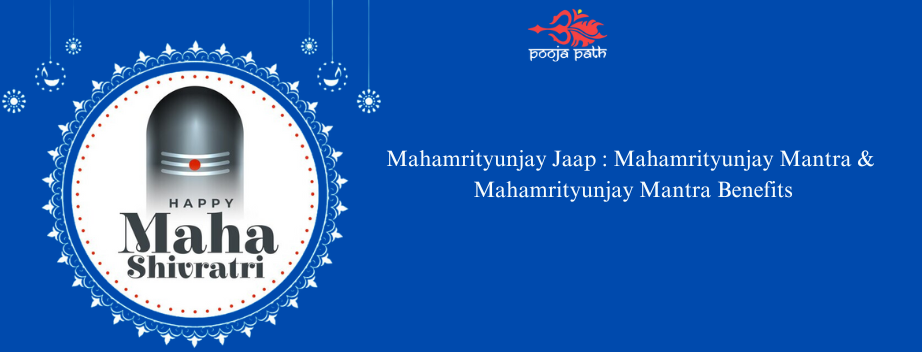

.png)
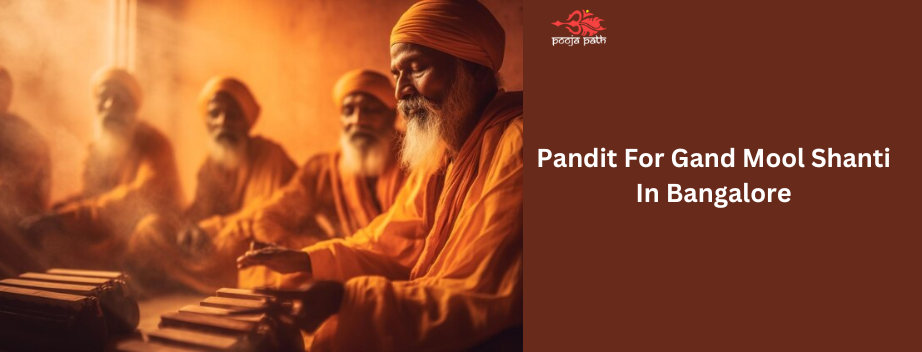
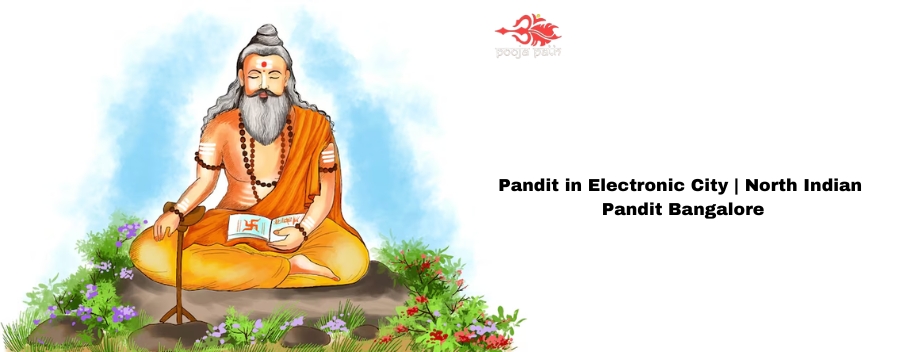


.jpg)

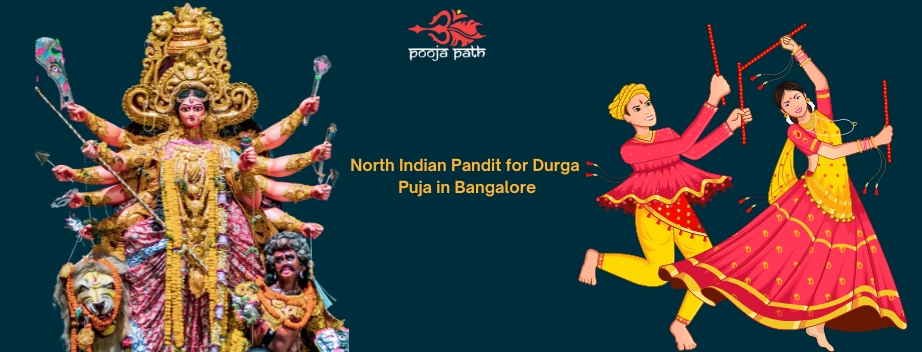

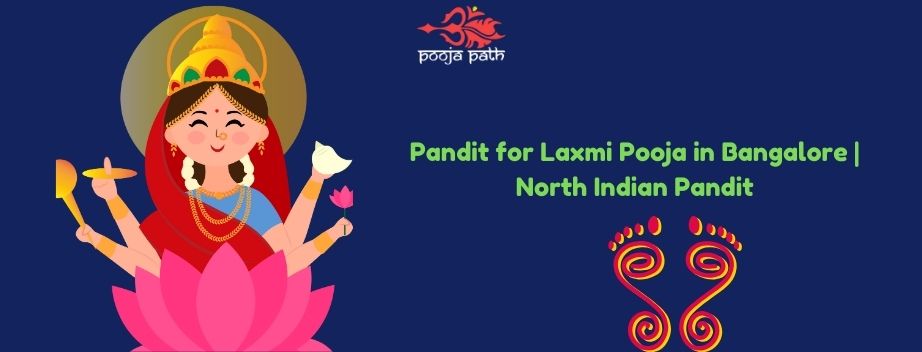





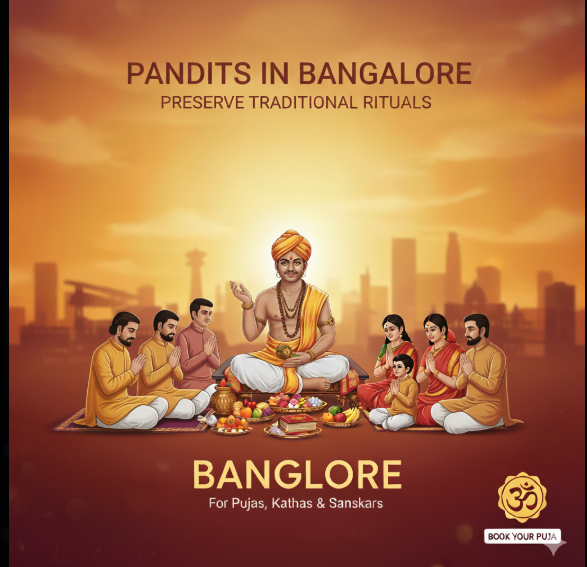


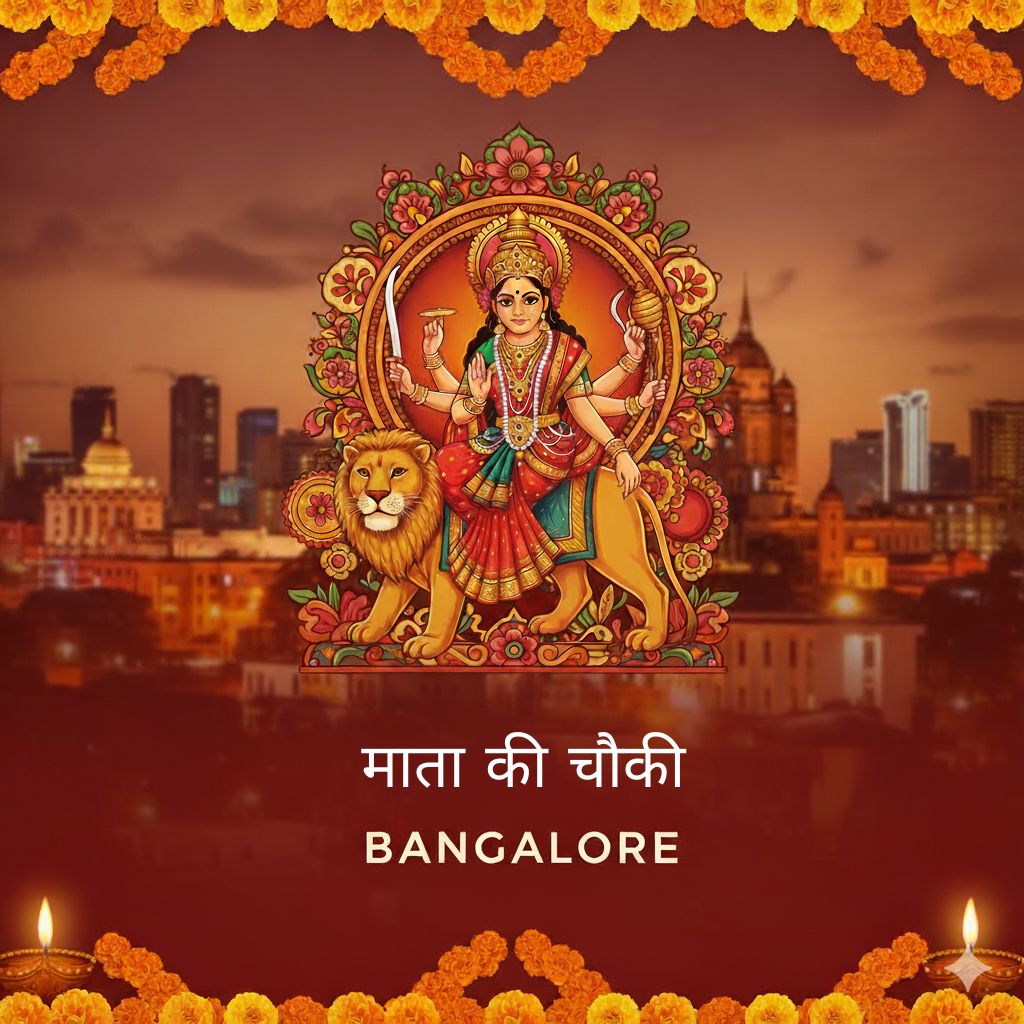
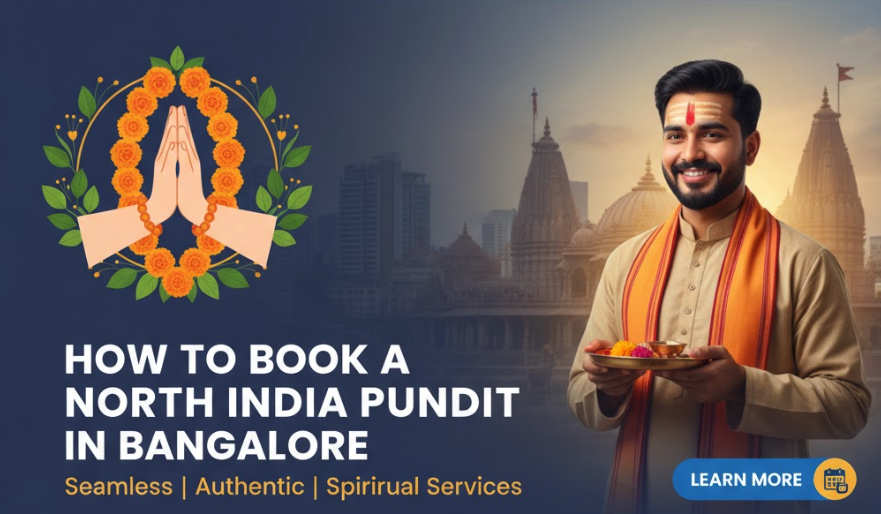


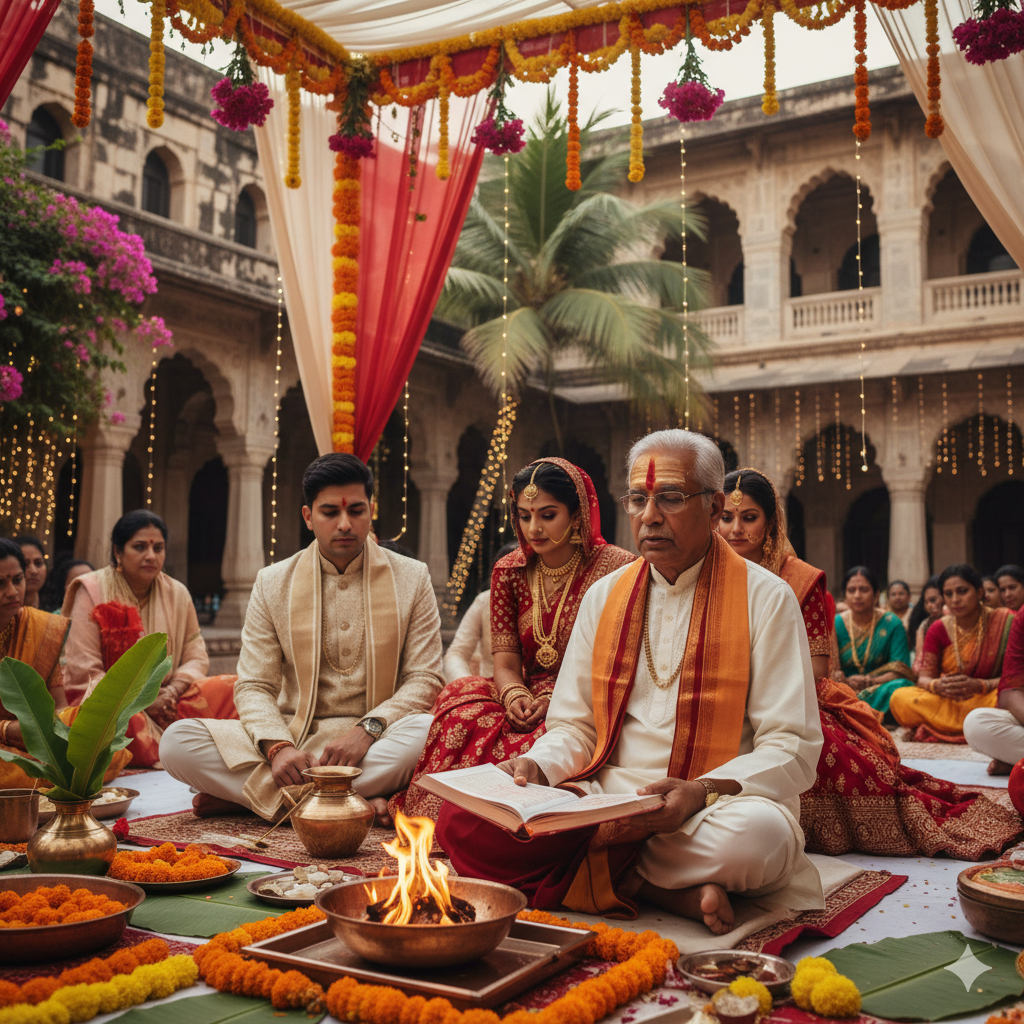






Leave a Comment